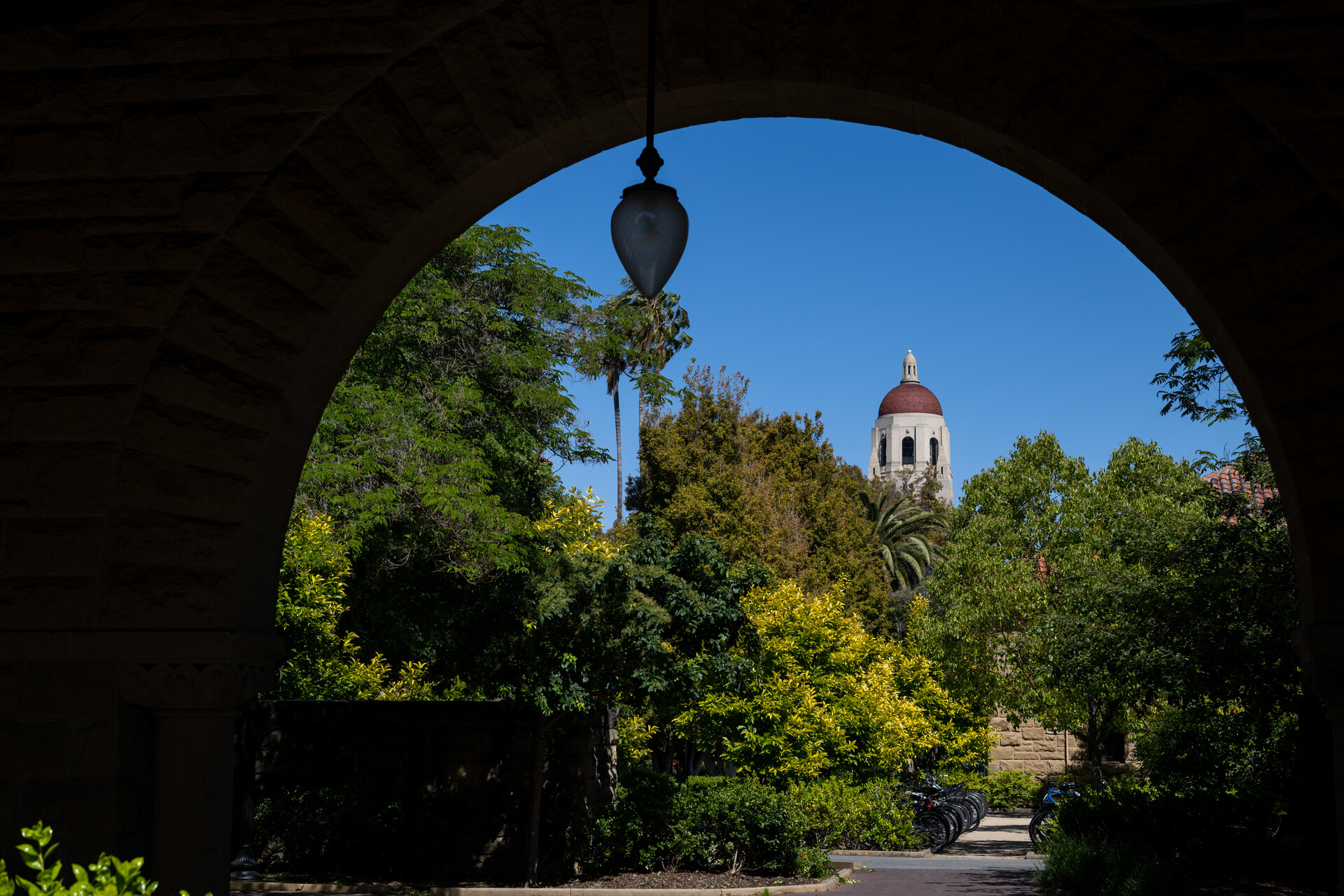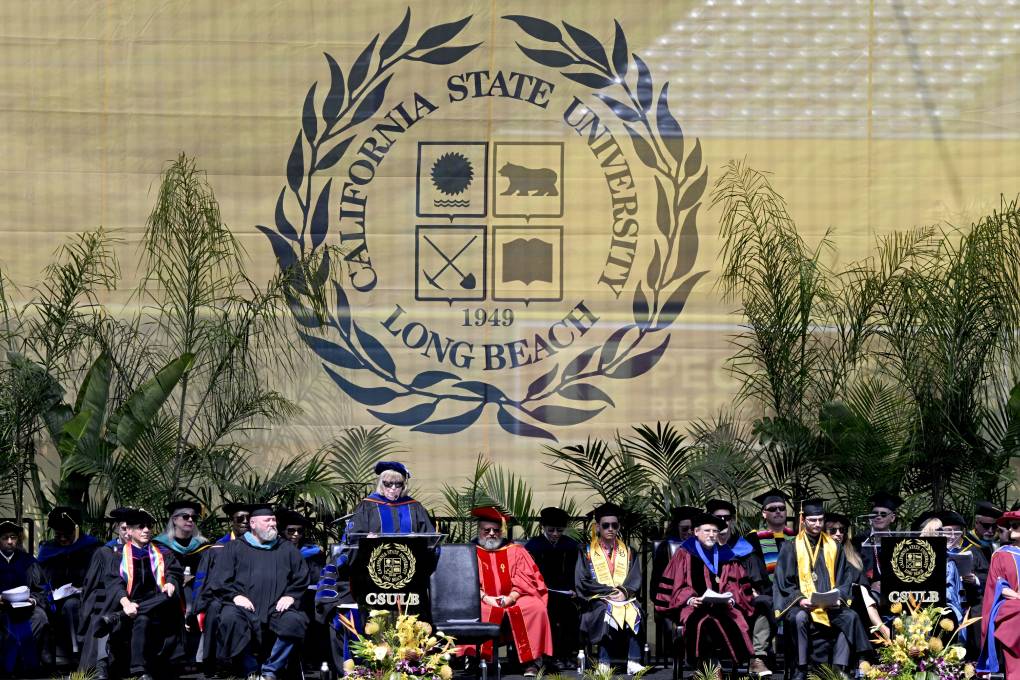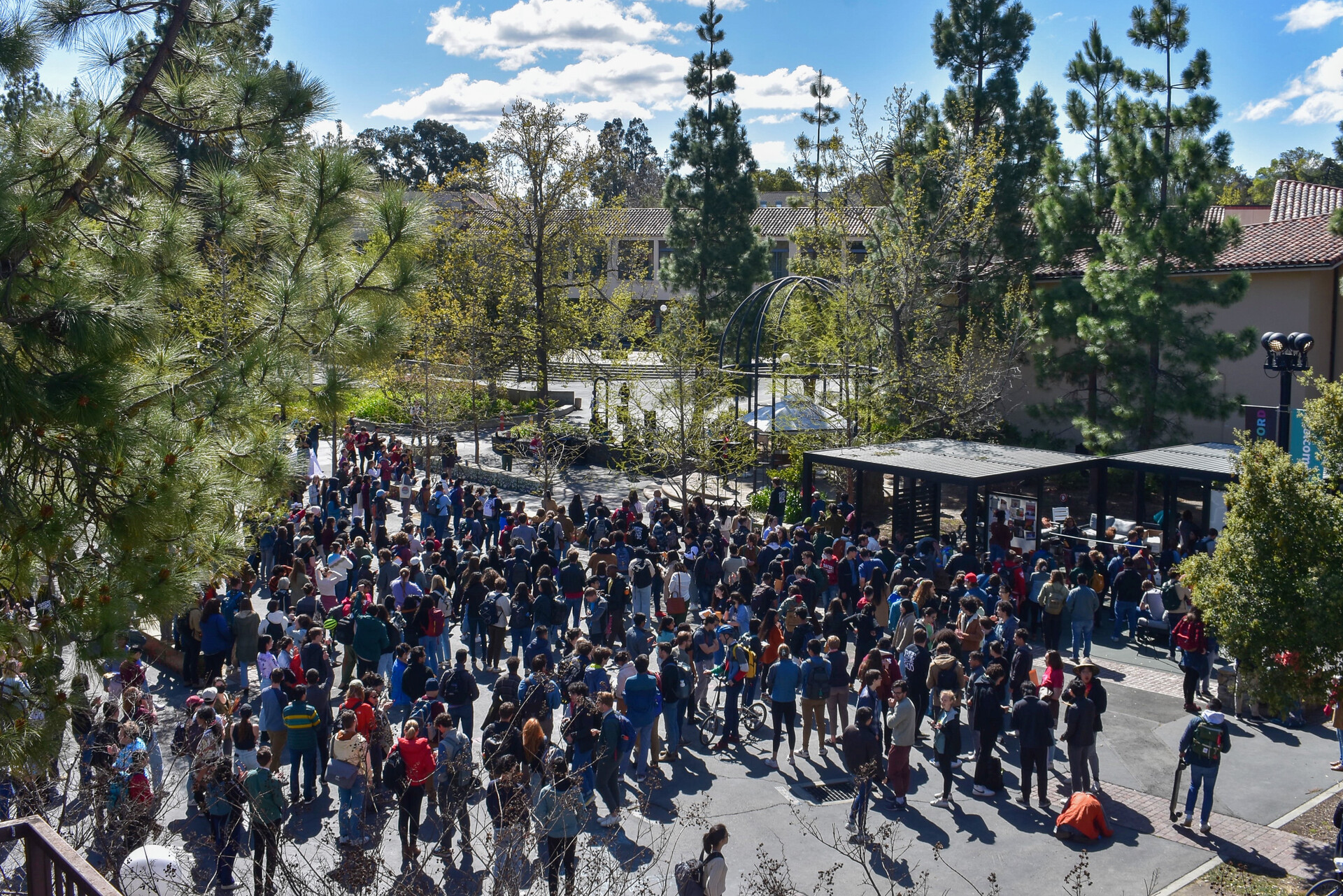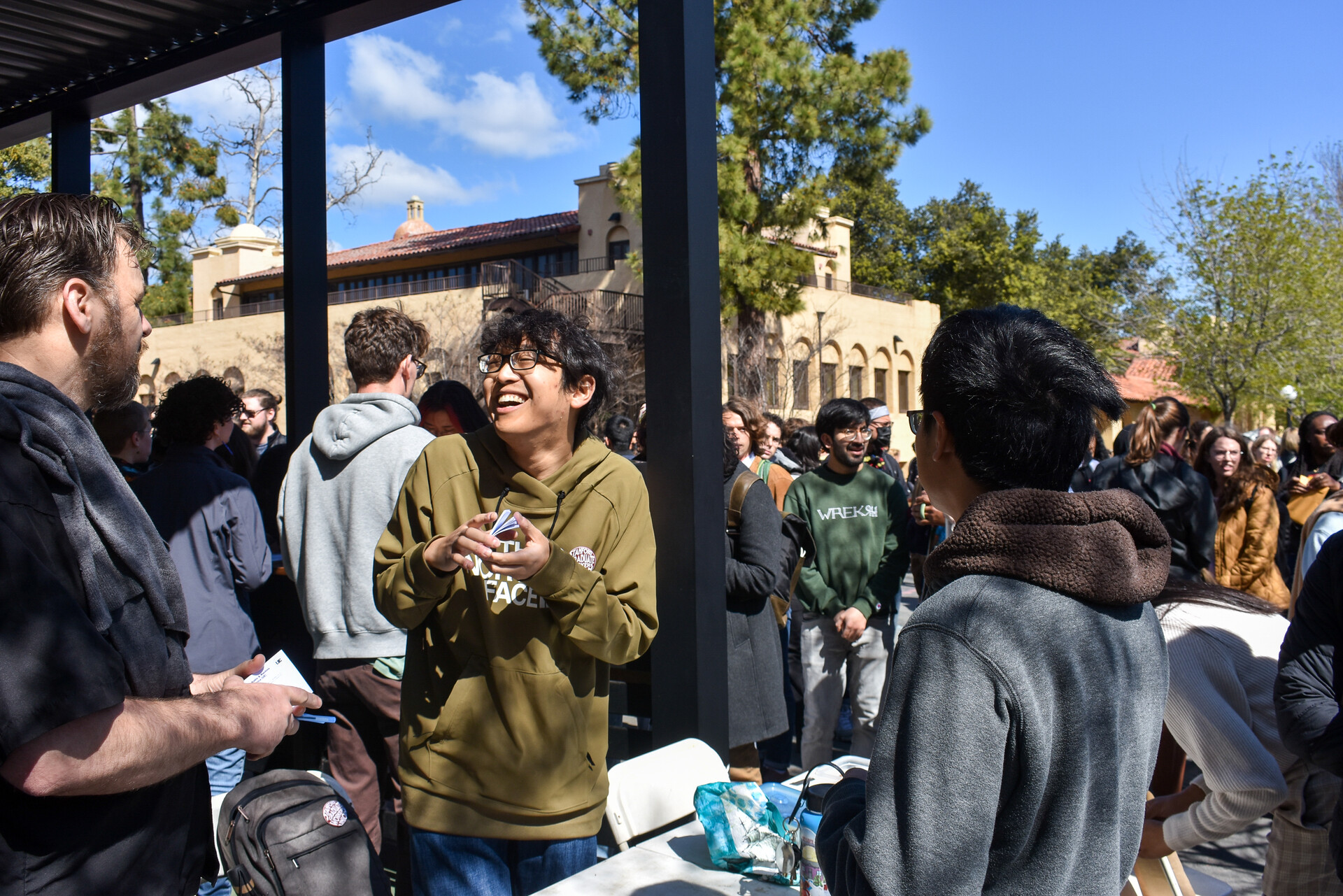Update, 4 p.m. Thursday: Stanford University graduate students have voted to unionize after an election conducted through the National Labor Relations Board came back with over 90% support Thursday.
Katherine Whatley, a Ph.D. student at Stanford, said the labor of grad students often goes unnoticed.
“Whether it be working in the lab or in the classroom or doing research, giving presentations — all of that is labor,” Whatley told KQED. “So, we use the [term] Stanford Graduate Workers because we want to highlight the fact that we are workers, not only students, and that the work that we do, the labor that we do, is vital to Stanford as an institution.”
With the election results finalized, the union can now bargain with the university for a contract. In a statement, Stanford said it looks forward to working in good faith with the union.
Original story, June 1: Graduate workers at Stanford University voted this week on whether to form a union.
If the campaign succeeds, thousands of graduate students who provide teaching and research duties could represent one of the nation’s largest bargaining units among graduate workers at a private university.
The vote comes months after academic workers at the University of California walked off the job in the largest higher education strike in U.S. history, and is part of a wave of union drives among graduate workers nationwide. Graduate workers at Yale University, the University of Southern California and the University of Chicago all voted to unionize this year.
The outcome of the election at Stanford is expected this summer.






